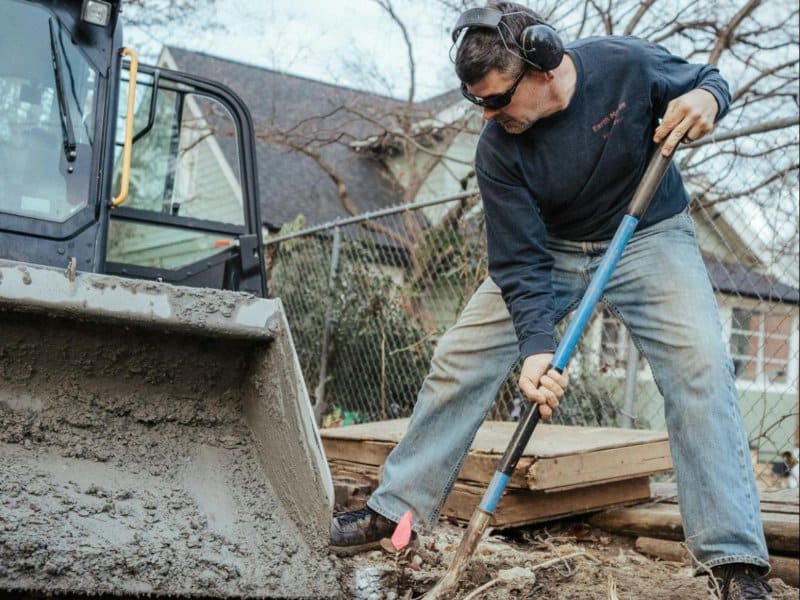Climate change is ushering in a new era of extreme weather events, from intense rainfall and flooding to prolonged droughts and water scarcity. As these climate-related challenges become more frequent and severe, the need for effective drainage management has never been greater. In this comprehensive guide, we’ll explore the impact of changing climates on drainage systems, the importance of proactive management strategies, and practical solutions for mitigating the risks associated with floods and droughts.
The Impact of Climate Change on Drainage Systems
Climate change is altering precipitation patterns, increasing the frequency and intensity of extreme weather events, and exacerbating water-related challenges such as floods and droughts. According to RWB Group, these changes pose significant risks to drainage systems and infrastructure, including:
- Increased Flooding: Rising temperatures and changing precipitation patterns are leading to more frequent and intense rainfall events, increasing the risk of flooding in urban and rural areas. Aging drainage infrastructure may struggle to cope with the increased volume of stormwater runoff, leading to overwhelmed drainage systems and widespread flooding.
- Soil Erosion: Heavy rainfall and flooding can cause soil erosion, washing away topsoil and sediment and destabilizing the landscape. Soil erosion not only damages agricultural land and natural habitats but also contributes to sedimentation in rivers, streams, and water bodies, affecting water quality and aquatic ecosystems.
- Urban Heat Island Effect: Urban areas with extensive pavement and impervious surfaces are particularly vulnerable to the urban heat island effect, where temperatures are higher than in surrounding rural areas. Poorly designed drainage systems can exacerbate this effect by trapping heat and impeding the natural cooling effects of evaporation and transpiration.
- Water Scarcity: On the flip side, climate change is also leading to more frequent and severe droughts in many regions, exacerbating water scarcity and stressing water supplies. Inadequate drainage infrastructure can exacerbate the effects of drought by impeding the recharge of groundwater reserves and reducing the availability of water for irrigation, industry, and municipal use.
Managing Drainage in Changing Climates
Effective drainage management is essential for mitigating the impacts of climate change on communities, infrastructure, and the environment. Here are some key strategies for managing drainage in changing climates:
- Green Infrastructure: Green infrastructure refers to natural or nature-based solutions for managing stormwater runoff and enhancing resilience to climate change. Examples include green roofs, rain gardens, bioswales, and permeable pavements, which help absorb and filter stormwater, reduce runoff, and replenish groundwater supplies.
- Sustainable Drainage Systems (SuDS): Sustainable drainage systems, also known as SuDS or Low Impact Development (LID) techniques, mimic natural drainage processes to manage stormwater runoff in urban areas. SuDS features include swales, ponds, infiltration trenches, and detention basins, which help slow the flow of water, reduce flooding, and improve water quality.
- Integrated Water Management: Integrated water management approaches consider the entire water cycle, from rainfall to runoff to groundwater recharge, and seek to optimize the use of water resources while minimizing environmental impacts. This holistic approach involves collaboration between stakeholders, including government agencies, water utilities, developers, and community groups, to develop and implement integrated water management plans.
- Retrofitting and Upgrading Infrastructure: Retrofitting and upgrading existing drainage infrastructure can help enhance resilience to climate change and reduce the risk of flooding and water scarcity. This may involve measures such as increasing the capacity of drainage channels, installing flood barriers and retention ponds, and upgrading pumping stations and culverts to better withstand extreme weather events.
- Community Engagement and Education: Effective drainage management requires the participation and cooperation of local communities, businesses, and residents. Community engagement and education initiatives can raise awareness about the importance of drainage management, promote water conservation practices, and empower individuals and communities to take action to reduce their vulnerability to floods and droughts.
Conclusion
Managing drainage in changing climates is a complex and multifaceted challenge that requires proactive planning, innovative solutions, and collaboration across sectors and stakeholders. By implementing strategies such as green infrastructure, sustainable drainage systems, integrated water management, retrofitting and upgrading infrastructure, and community engagement and education, we can build more resilient and sustainable communities that are better equipped to cope with the impacts of climate change. So, let’s work together to ensure that our drainage systems are up to the task of handling floods and droughts in an ever-changing climate, and safeguarding the well-being of current and future generations.









